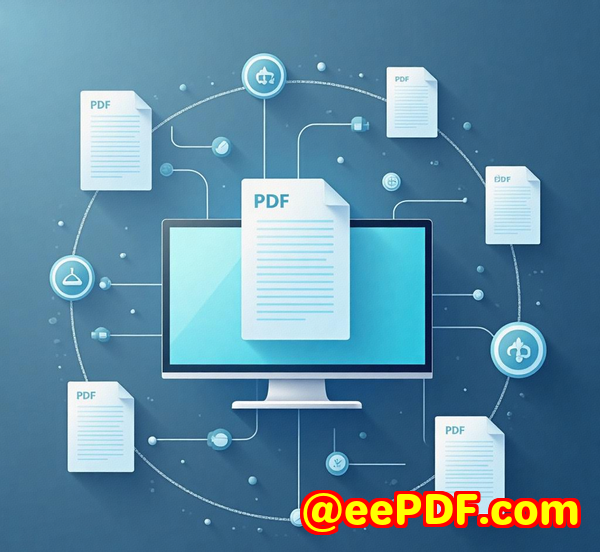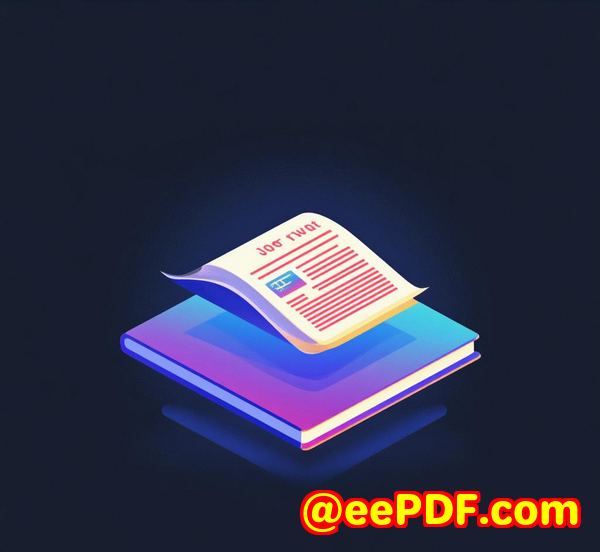SPLParser vs Online Tools Why Developers Prefer Local Command Line File Parsing
SPLParser vs Online Tools: Why Developers Prefer Local Command Line File Parsing
Meta Description:
Tired of flaky online converters? Here's why developers rely on VeryPDF SPLParser Command Line for stable, offline file parsing and full control.

Every developer has that story.
Mine starts on a deadline-crunched Tuesday night, trying to extract print job metadata from hundreds of SPL and PCL files before the morning review.
I thought, "Surely, there's a quick online solution."
I hit up the usual suspectsfree web converters, online viewers, and cloud-based file parsers.
Big mistake.
Files wouldn't upload.
The metadata I needed was missing.
The tools choked on anything over 20MB.
I wasted hours refreshing tabs, waiting for conversions, and cursing browser timeouts. That night, I swore I'd never rely on online parsing again.
That's when I found VeryPDF SPLParser Command Line and SDKand everything changed.
Why SPLParser Is My Go-To File Parsing Tool
I don't say this lightly, but SPLParser is a game-changer if you're working with printer spool files like PCL, PS, PDF, or SPL.
It's not flashy.
It's not "modern" or cloud-based.
But it works. Every time.
Let me break it down for youhere's exactly why I prefer SPLParser over any online tool.
Total Control Over Every Byte
Let's face itonline tools don't give you control.
They're black boxes. You upload a file and hope it works.
But with SPLParser, I can:
-
Parse PCL, PS, and PDF files straight from the command line
-
Read print job metadata like document title, duplex settings, resolution, copies
-
Modify spool files to change print properties before sending them to print
-
Convert pages (or just the first page) into high-res PNGs for quick previews
Here's an example I use often:
Boom. Just like that, I get:
That kind of detail? Online tools don't come close.
Speed That Doesn't Rely on the Internet
Speed matters when you're working with thousands of print files on a tight deadline.
Instead of uploading one file at a time like a caveman, I run:
10 seconds laterI've got a full log with metadata for every print file in the directory.
No upload limits. No file size warnings. No waiting.
Everything happens offline, which means it's 100% secure and fast.
Modify Spool Files Like a Boss
Most devs don't even realise you can edit PCL or PS files to:
-
Switch between simplex/duplex
-
Change copy counts
-
Bump up resolution
Check this out:
You just saved your print team from a 500-page mistake.
Try doing that with an online tool.
Built for Developers, Not Casual Users
This tool isn't for your average office worker trying to convert a PDF.
It's built for developers, system integrators, print workflow engineers, and IT automation pros who:
-
Need repeatable results
-
Want to integrate parsing into scripts or apps
-
Value security and local processing
-
Work in enterprise environments where cloud tools are banned
If that's you? This tool is your secret weapon.
Real-Life Use Cases Where SPLParser Shines
Let me give you some actual examples from the trenches:
1. Print Job Auditing
A client needed to monitor print volume by department. SPLParser let me extract job titles and copy counts from PCL files dumped by the print server.
2. Preflight Print File Validation
Before sending high-volume PS files to the press, we ran SPLParser to check resolution and page settingsavoiding costly misprints.
3. Fast Document Previews
Using the -firstpage flag, I created preview images from the first page of each job for the frontend team. No bloated Adobe tools needed.
4. Secure Offline Processing
Government and finance clients with air-gapped networks?
SPLParser doesn't need the internet. That's non-negotiable in those environments.
What It Does Better Than Online Tools
| Feature | Online Tools | SPLParser |
|---|---|---|
| Handles large files | ||
| Modifies spool files | ||
| Secure & offline | ||
| Scriptable for automation | ||
| Instant metadata extraction | ||
| DPI & resolution control |
There's no comparison.
Online tools are toys.
SPLParser is industrial-grade.
The Real Win? Peace of Mind.
I've integrated SPLParser into multiple client systems now.
It's consistent. Reliable. Fast.
And the fact that it's royalty-free? Massive bonus.
You don't pay per user, per print job, or per file.
One license, unlimited power.
Honestly, it feels like I've got an invisible assistant handling all the grunt work.
Try It For Yourself
If you deal with print files regularly and want full control, you owe it to yourself to try SPLParser.
I'd highly recommend this to any dev working with PCL, PS, or SPL files.
Whether you're doing print automation, building document pipelines, or auditing job metadatathis tool's a no-brainer.
Start your free trial now and boost your productivity
Custom Development by VeryPDF
Got a unique project?
Need a PCL parser that also speaks XML?
Or maybe a virtual printer that intercepts everything and converts to TIFF?
VeryPDF builds it.
They offer custom dev services across:
-
Windows printer drivers (PDF/EMF/image output)
-
API hooking for print job interception
-
Barcode recognition & layout analysis
-
OCR + table recognition from scanned PDFs
-
Cloud document conversion/viewing
-
PDF security, DRM, digital signatures
-
TTF font embedding, PDF watermarking
-
Server-side PDF tools for Linux, Windows, and macOS
Whatever your document processing challenge isVeryPDF can handle it.
Reach out at: https://support.verypdf.com/
Frequently Asked Questions
Q1: Can I run SPLParser in batch mode on hundreds of files?
Yes. It's fully scriptable using simple loops or batch scripts. Perfect for automation.
Q2: Does SPLParser work offline?
Absolutely. No internet required. 100% local processing.
Q3: What file formats does it support?
PDF, PCL (PCL5, PCL-XL), SPL, and PostScript files.
Q4: Can I modify spool file properties like duplex or resolution?
Yes. Use the -update flag to change properties like simplex/duplex, copy count, and resolution.
Q5: Is this tool suitable for enterprise use?
Yes. It's robust, secure, and comes royalty-free, making it ideal for deployment across teams.
Tags/Keywords:
command line file parser, SPLParser command line, offline PCL parser, print spool file editor, secure PDF PS PCL parsing



